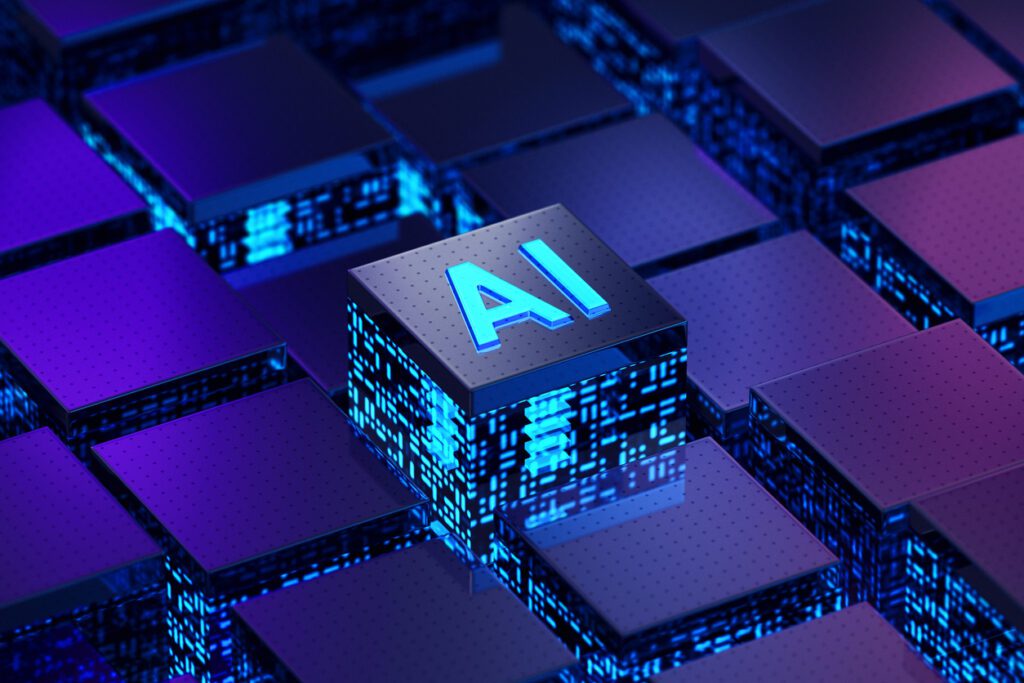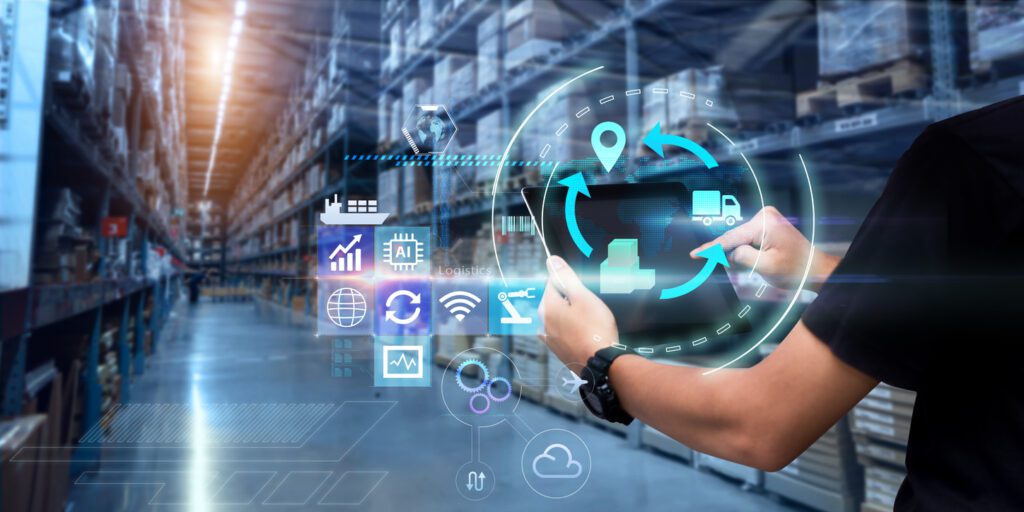Opinion piece – Tadeu Morais (HSE Advisor e Safety Technician).
It is fascinating to see how technological innovation can be applied to the safety and health of men and women over time. The concept of the double hull on ships, devised by Leonardo da Vinci centuries ago, is a case in point. His idea of using a second layer of protection for the ship’s hull was to increase stability and prevent leaks in case of damage outside. Today, double hulls are a standard feature on many ships and are required by law on tankers to ensure the safe transportation of hazardous cargoes.
This correlation between past and present technological innovations in the area of occupational health and safety highlights the importance of a proactive approach to worker protection. By anticipating risks and implementing preventive measures, it is possible to significantly reduce the occurrence of accidents and incidents in the workplace. The use of advanced technologies such as Artificial Intelligence (AI), Internet of Things (IoT), Augmented Reality (AR), and drones have transformed the management of workplace safety and provided greater efficiency in identifying risks and implementing preventive measures.

Artificial Intelligence (AI), a relatively recent technology made available for widespread use, presents itself as a valuable tool for enhancing workplace safety in a number of ways. With its ability to answer specific questions, chat-shaped AI can be trained to provide accurate guidance on safety procedures, evacuation, and first aid. In addition, it can simulate emergency situations, allowing employees to practice their response skills in a safe and controlled environment. With these simulations, companies can identify areas for safety improvement and enhance their contingency plans to ensure that workers are prepared to face any emergency.
Other technologies are also helping to significantly improve safety at work. The use of drones for inspections, for example, is a growing trend in many industries, including construction, mining, and energy. This equipment has the ability to capture high-definition and accurate images in hard-to-reach areas, such as pipelines and elevated structures, without requiring workers to expose themselves to risk. In the oil and gas industry, drones are being used to inspect offshore platforms, which are often high-risk areas, without the need to send workers out in helicopters or ships. This technology not only makes the work safer, but also increases efficiency by reducing the time needed to perform inspections and increasing the quality of the data collected. In addition, the data collected by the drones can be processed using specialized software, which helps identify potential risks and make more informed decisions about the preventive maintenance of facilities.
In addition to the technologies mentioned above, Augmented Reality (AR) is another tool widely used in training, safety inductions, and environments. AR can create specific work environments and help employees become familiar with safety equipment and procedures without the need to expose them to real risks. For example, a construction company can use AR to simulate work-at-height situations, allowing workers to become familiar with safety equipment and procedures without having to risk their lives. AR can also be used to train workers in emergency procedures, such as emergency evacuation in case of fire, or to simulate possible equipment failures, allowing workers to practice safety procedures in simulated situations.
Finally, IoT is also increasingly being used to improve safety at work. Sensors connected to the internet can monitor workers’ health, detect potential risks, and alert them to potential hazards. This can include monitoring workplace temperature, noise levels, toxic gas or radiation levels, or even monitoring workers’ posture to prevent musculoskeletal injuries. In addition, IoT can also help automate safety processes, such as monitoring equipment and machinery in real time, allowing workers to be alerted to potential failures before they occur. For example, internet-connected smoke sensors can alert security staff in the event of a fire, allowing them to act quickly to evacuate the building and minimize damage. IoT can also be used to automate preventive maintenance processes, allowing maintenance staff to be alerted to potential faults or problems before they become critical and can cause accidents.
Conclusion
Technology is transforming the way companies approach workplace safety. With AI, companies can identify risks and prevent accidents before they occur. Chat-based AIs can help companies improve workplace safety by providing accurate and relevant information to workers. The use of drones, AR, and IoT is also helping to improve workplace safety by eliminating workers’ exposure to risks and alerting them to potential hazards. Companies that exploit these technologies can ensure the health and well-being of their employees, increasing productivity and reducing workplace injury costs.
It is important to note that while technology is a valuable tool for improving workplace safety, it does not replace the responsibility of companies to create a safe and healthy work environment for their employees. It is critical that companies invest in safety training, implement preventive measures, and create a safety culture throughout the organization. Only by combining technology with a responsible and careful approach can the safety and health of workers be ensured.

About the author
Tadeu Morais is a highly qualified HSE professional with over 14 years of experience. He believes that ensuring the safety of all individuals in the workplace is not just a matter of legal compliance, but a moral obligation. By implementing effective safety programs, providing thorough training to staff, and conducting thorough incident investigations, he is able to promote a culture of safety and sustainability.

